Join us at the International Thermal Conductivity Conference (ITCC) and the International Thermal Expansion Symposium (ITES).
February 16, 2024
May 4, 2021
September 26, 2019
May 25, 2021
October 30, 2019
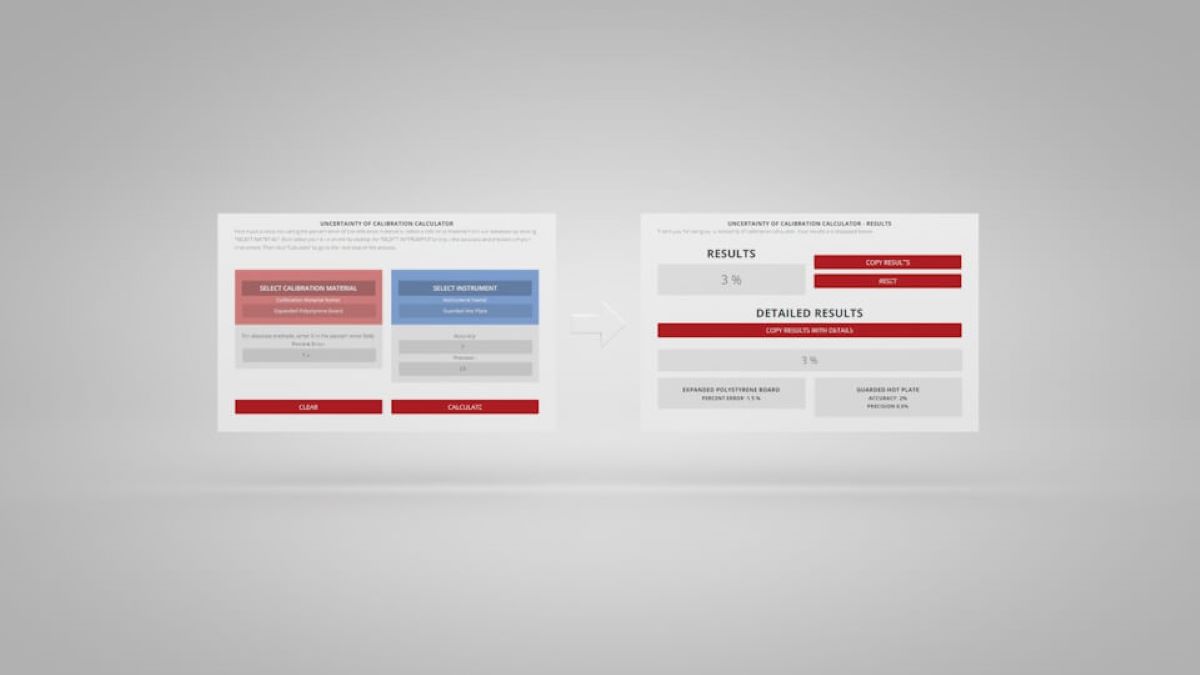
January 11, 2018
Note: This is a blog post describing the Uncertainty of Calibration Calculator.
If you are looking to use the calculator, click the button below.
Use Calculator
Thermtest is happy to introduce the new Uncertainty of Calibration Calculator. The calculator determines the uncertainty of comparative thermal conductivity methods. Simply select the desired calibration material and the instrument, and the calculator will output their combined level of uncertainty, expressed as a percentage.
Instruments that are used to measure thermal conductivity are typically categorized as “absolute” or “comparative”. Comparative methods must be calibrated, whereas absolute methods do not. Calibration is required to verify the accuracy and precision of an instrument with a published standard and to account for external factors in experimental results. There are two classes of comparative methods: single-point calibration and multi-point calibration (Figure 1). Both of these methods have a higher degree of uncertainty than absolute methods. Certified reference materials have an uncertainty of as low as +/- 0.5%. This value is much higher for non-certified reference materials, because the uncertainty of the material itself plus that of the instrument must be considered. Simply put, the uncertainty of a measurement made by a comparative instrument increases with the number of reference materials.
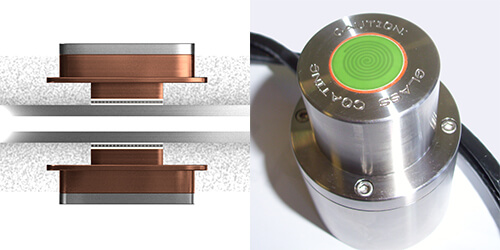
Figure 1 – Single-point calibration (left; Heat Flow Meter) vs. multi-point calibration (right; Modified Transient Plane Source) 1.
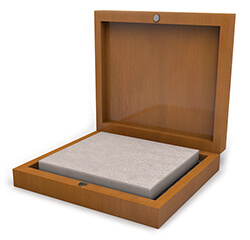
NIST (National Institute of Standards and Technology) Reference Material
Reference materials are used to calibrate comparative instruments. Certified or Standard reference materials (CRM/SRM) (Figure 2) have been tested under the supervision of a national laboratories. Therefore, they have the highest possible accuracy. For comparative methods, the percent error of the reference material itself must be considered when calculating the calibration uncertainty. Errors arise with the use of non-certified reference materials, and when the dimensions and densities of the reference material varies from the sample being tested. Consequently, errors associated with non-certified reference materials become part of the method’s composite accuracy.
The Uncertainty of Calibration Calculator is a tool that determines the uncertainty of comparative thermal conductivity methods. Comparative methods produce results whose accuracy is based on the accuracy of the absolute method that initially measured the reference material, as well as the comparative device itself. The calculator is not valid for multi-point calibrations, which use multiple reference materials and have higher uncertainties.
To use the calculator, first select a reference material from our database, or input the known percent error value of the reference material. Next, select the desired single-point calibration instrument from the list, or input the accuracy and precision of the instrument. Finally, select “Calculate” to display the calibration uncertainty for the previously selected reference material and comparative instrument.
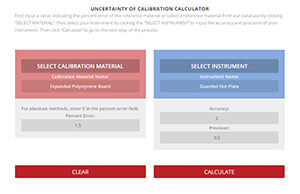
Select Calibrations and Select Instrument
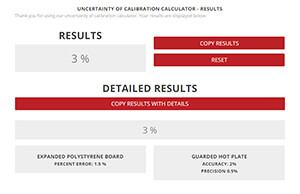
Uncertainty of Calibration Calculator Results
The newly designed Uncertainty of Calibration Calculator quickly and accurately determines the uncertainty of comparative instruments. This useful tool estimates the small adjustments that single-point calibration instruments make to offset effects of contact, convection, and radiation.